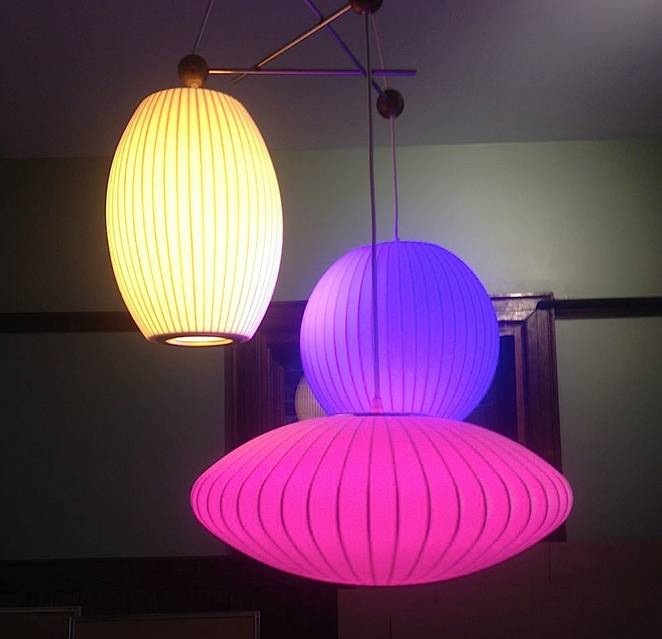LED is the acronym for a Light-emitting diode which has better durability and electrical efficacy than a fluorescent source of light. LED lamps outshine most of the commonplace incandescent lamps too on the durability front. Some of its variant chips are said to emit more than 100 lumens per watt. LED bulbs and lamps are a mega-light energy saving new age revolutionary invention that is paving the way for a greener future. They are now being used extensively by households as well as businesses.
Wondering why? Every business needs a sustainable source of efficient energy solution at an affordable price. The easiest way to quickly reduce your energy use is by simply switching from a heat emitting and energy consuming incandescent source of light to LED lighting. Besides, over 90% energy of an incandescent light bulb is converted into heat making it an outrageously hot and inefficient light source. In fact, some cities have started using LED street lights over traditional light sources.
Let’s enumerate some benefits of LED Light sources and why they are advantageous over other light sources.
#1: Longer Lifespan
A Longer lifespan is the number one benefit of LED lights. LED bulbs and lamps have a remarkably good operational life expectancy of more than 10 years. LED’s don’t burn out and stop working like an average incandescent light bulb.
#2: Environment Friendly
LED lights are considered environment friendly and contain absolutely little to no toxic chemical elements. Most conventional fluorescent lighting bulbs contain elements like mercury that are hazardous for the environment.
LED lights on the other hand are 100% recyclable. The long operational lifetime span of one LED light bulb is equivalent to 25 incandescent light bulbs. Definitely a good way to become eco-friendly!
#3: Zero Emissions
As compared to incandescent and fluorescent light sources LED lights produce very little infrared light and close to no Ultra violet rays emissions. LED lights are thus preferred for illumination of UV sensitive objects in museums, art galleries, etc.
#4: Energy Saver
Usage of LEDs is through and through an efficient way of illumination. LEDs are estimated to save 80%-90% energy when compared to traditional lighting and conventional light bulbs. Take the example of an airport only using energy efficient LED lighting and achieving a 30% less power consumption rate in stark comparison to an airport using any other means of conventional lighting technology.
#5: Super Swift Lighting
LED lights brighten up instantly when powered, which has serve as major advantage in public infrastructural projects such as e.g. traffic and signal lights.
Also, LED lights can be switched off and on frequently without affecting the LED’s lifetime or light emission capacity. In contrast, traditional lighting may take several seconds to reach full brightness, and frequent on/off switching does drastically reduce operational life expectancy.
#6: Noise Free
While fluorescent lights are infamous for creating a slight buzzing sound when overused, LEDs don’t have this problem and function silently without creating any flickering noise.
#7: Variety of Colours
Most fluorescent lights are notorious for only producing a cold blue or white light. LEDs on the other hand are adaptable to any lighting condition or colour of the walls and come in a wide range of colours.
#8: Technology Compatible
LEDs are very flexible and technology oriented. LED lights can be even simply controlled by an app on your phone and various other devices can be paired with them to ensure effective and smooth control.
#9: Inexpensive Medium
Thanks to new regulations, tax benefits laid down by governments in many countries LED prices have dropped drastically and made them an irreplaceable long-term medium of light source.
#10: Zero Heat
Leds emit no heat whatsoever and are an absolutely heat free source of light. They are harmless since they don’t pose any risk of accidental fire or burns and can be touched even after hours of use.
#11: Operational Efficiency
LEDs are resistant to fluctuations in temperature and can operate even in extreme weather conditions. Low temperatures may affect the operation of fluorescent lamps and present a challenge, but LED illumination operates ceaselessly in cold settings, such as outdoor winter settings, freezer rooms, etc.

